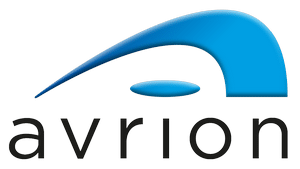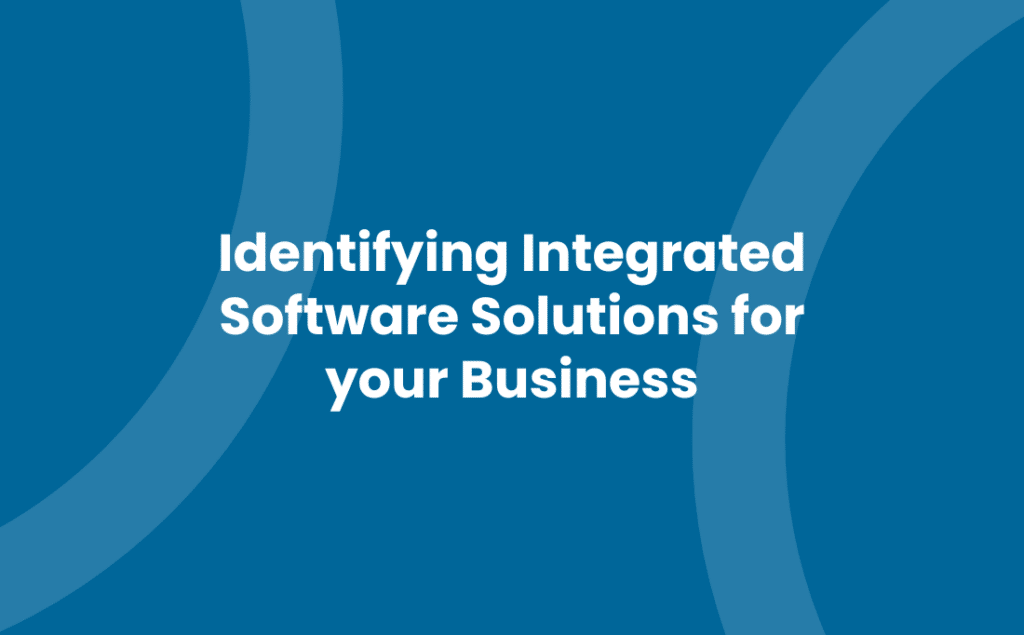It is all too easy to purchase different software to meet separate business needs and end up with duplication and inefficiencies. An integrated software solution will consolidate them, making it quicker and easier for your team to “get things done”.
What is an Integrated Software Solution?
There are many benefits of an integrated software solution but its primary role is to speed up processes and maintain better accuracy in your CRM and other systems. It can be anything you want it to be; the core engine of how your business works.
We have customers who have used integrated software solutions for a variety of purposes, but the two most common are typically areas where most CRM systems don’t have the detailed functionality required, such as:
- Contract Management (including contract creation and contract renewal) and
- Quote Management (including quote creation and conversion to orders).
By streamlining the data entry process and feeding data between systems, better accuracy is maintained by only keying in information once. It is fast to build so it’s cost-effective, whilst customisation of CRM can be more expensive and limited by the CRM development platforms, especially if deployed as Software as a Service (SaaS).
A key benefit of using an integrated software solution is that it does not affect business-critical systems already in place – this can be from both financial and user points of view. There is no need to replace costly systems and no need to re-train and transition users to completely different systems. Instead, make use of what is in place and connect the systems with an integrated software solution.
Revenue opportunities increase in several ways with an integrated software solution. It offers the ability to configure and upgrade your CRM system independent of other systems. Similarly, you can evolve and upgrade an integrated software solution independent of other systems – it’s much simpler that way. Learn more about this in this blog.
Another benefit of an integrated software solution is the ability to build it in an agile way, in short sprints or phases. This way, users are helped at each stage with the necessary training and support. As the solution evolves, it is also possible to factor in any refinements or improvements outstanding from previous roll-outs. It is effective, as the project builds, to keep the team on board at each milestone.
CRM systems, by themselves, do not always deliver the productivity dreams they promote, so an integrated software solution can bolt processes together and get solutions working properly for our customers.
How to Identify Prospective Integrated Software Solutions for your Company
There are many processes within companies, large and small, that are heavily repetitive and labour-intensive. So a technology that can automate and streamline those tasks will create data and process consistency, enable users to work more efficiently as well as cost savings. This, in turn, allows them to concentrate on winning more business or providing better customer service.
We will work with you, spending time identifying the challenges, opportunities and black holes in your business, where processes can be streamlined, sped up and kept more consistent.
Together, we will consolidate the business goals (i.e. what are you looking to achieve) so we can start setting out the integrated software solution’s framework.
Keeping the business goals in focus throughout projects is key so the users and managers can ensure the purpose of the project is observed, limiting slippage in timescales and budget. It’s all about the value the system gives you as the customer.
Costs, Timelines and Support for Integrated Software Solutions
Avrion will work with you to map out how an integrated software solution can streamline the business processes in your company. We invest time upfront, during scoping workshops to cultivate a development plan for the integrated software, allowing solutions to be more flexible, costs to be minimised and the project rolled out in iterative phases. As the project progresses, refinements and improvements are inevitable – we embrace the fluidity and interactive nature of the process.
End users are involved throughout projects to ensure the experience is rationalised and user-friendly at all points. Prototypes are created outside of live systems to enable realistic testing by users, so any issues can be resolved before going live.
Support is ongoing and issues dealt with in a timely, often real-time way. Customers talk directly to the developers, not through a series of people, so communication is clear at all stages. Small changes are executed as the project goes on – bigger changes or new directions evolved are best approached as a separate scope and budget to maintain focus.


